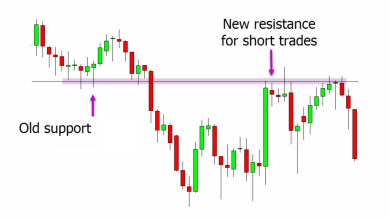Advantages and Disadvantages of ROI (Use of the Rate of Return on Capital Employed) for Internal Profit Measurement. Advantages of the use of the ROI (Return on Investment/return on capital employed ROCE) lie in its tendency to:
Advantages and Disadvantages of ROI : Advantages of the use of the ROI (Return on Investment/return on capital employed ROCE) lie in its tendency to:
1. Focus management’s attention upon earning the best profit possible on the capital (total assets) available.
2. Serve as a yardstick in measuring management’s efficiency and effectiveness in managing the company as a whole and its major divisions or departments.
3. Tie together the many phases of financial planning, sales objectives, cost control, and the profit goal.
4. Afford comparison of managerial results both internally and externally.
5. Develop a keener sense of responsibility and team effort in divisional and departmental managers by enabling them to measure and evaluate their own activities in the light of the results achieved by other managers.
6. Aid in detecting weaknesses with respect to the use or non-use of individual assets particularly in connection with inventories.
Disadvantages with respect to the use of the ROI (Return on Investment/ return on capital employed) ratio are:
1. Lack of agreement on the right or optimum rate of return might discourage managers whose opinion is that the rate is set at an unfair level.
2. Proper allocation requires certain data regarding sales, costs, and assets. The accounting and cost system might not give such needed details.
3. Values and valuations of assets, particularly with regard to jointly used assets, might give rise to difficulties and misunderstandings.
4. Excessive preoccupation with financial factors due to constant attention to ratios and trends might distract management’s interest from technical and other responsibilities. Product research and development, managerial development, progressive personnel policies, good employee morale, and good customer and public relations are just as important in earning a greater profit and assuring continuous growth.
5. Managers may be influenced to make decisions that are not the best for the long-run interests of the firm merely for the sake of making the current period rate of return on capital employed “look good.”
6. A single measure of performance (e.g., return on capital employed) may result in a fixation on improving the components of the one measure to the neglect of needed attention to other desirable activities — both short- and long-run.




